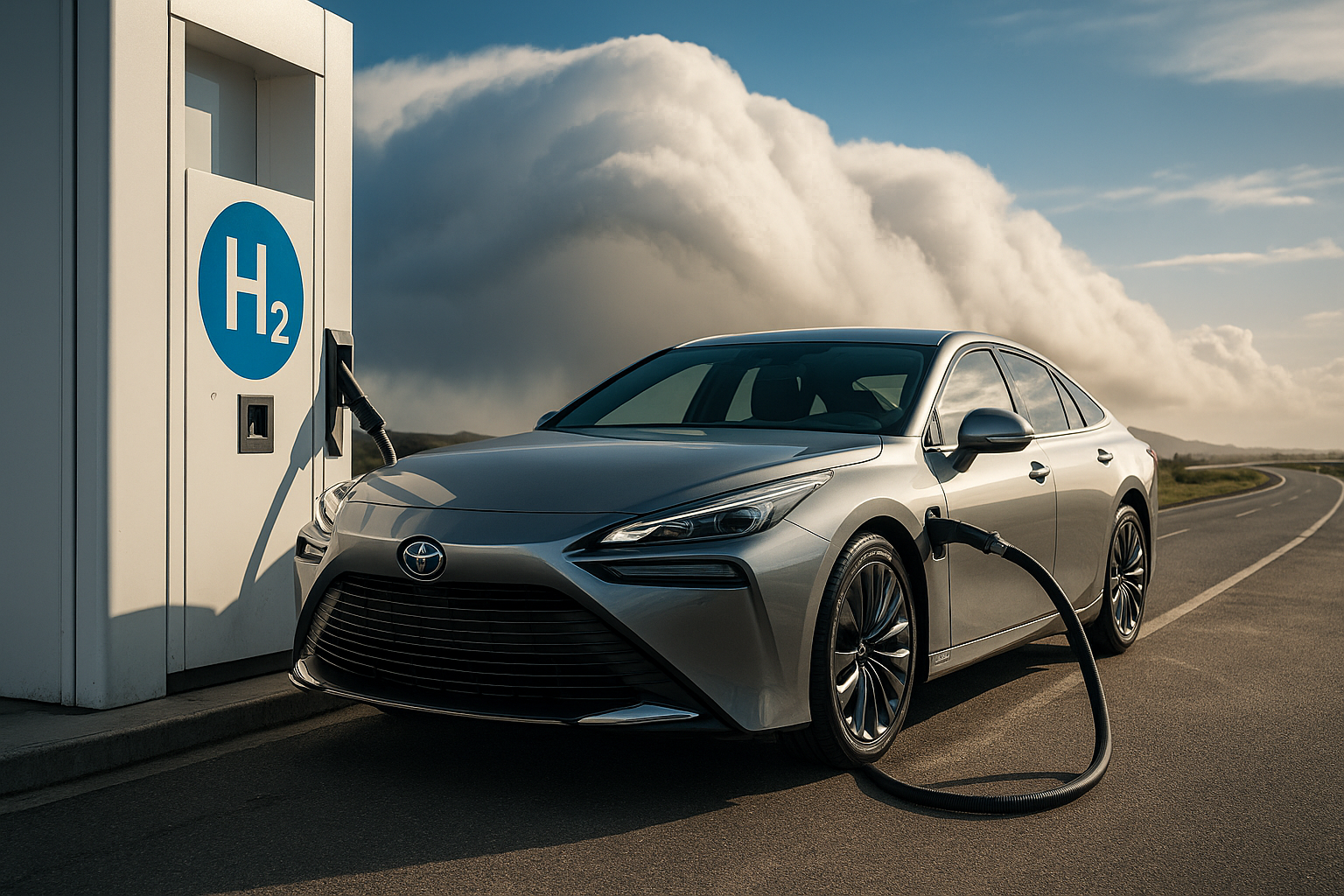Riding the Wave of Hydrogen Cars: A Look into the Future of Sustainable Motoring
In the ceaseless search for greener alternatives to traditional fuel-powered vehicles, hydrogen cars have emerged as a compelling contender. They promise long-range travel, short refueling times, and zero emissions. But how do they work? What are the implications of a hydrogen-powered future? Let's delve into the fascinating world of hydrogen cars.

Hydrogen Cars: From Concept to Reality
The concept of hydrogen-powered cars dates back to the 19th century. In 1807, Swiss inventor François Isaac de Rivaz designed the first internal combustion engine powered by a hydrogen/oxygen mixture. Despite its historical roots, the technology only recently began to gain traction.
In the past few decades, significant strides have been made in hydrogen fuel cell technology. These advancements have resulted in the introduction of several hydrogen-powered cars, such as the Toyota Mirai and the Hyundai Nexo.
Current State of the Hydrogen Car Industry
The hydrogen car industry is still in its infancy compared to its electric counterpart. However, it’s showing promising growth. Japan, for instance, has laid out a comprehensive hydrogen strategy, aiming for 800,000 fuel cell vehicles on its roads by 2030.
In the U.S., California is leading the way with more than 40 hydrogen refueling stations and plans to expand to 200 by 2025. Nevertheless, the lack of infrastructure remains a significant obstacle to the broader adoption of hydrogen cars.
The Powerhouse: Hydrogen Fuel Cells
The heart of a hydrogen car is its fuel cell system. Here’s how it works: Hydrogen gas, stored under high pressure, is fed into the fuel cell stack. At the same time, oxygen from the air is introduced.
In the fuel cell, hydrogen and oxygen react to generate electricity, with water as the only byproduct. This electricity powers the vehicle’s motor, providing a driving experience similar to traditional cars but with none of the harmful emissions.
Hydrogen Cars: Advantages and Challenges
Hydrogen cars have several notable advantages. They offer a longer driving range than most electric vehicles and can be refueled in just a few minutes. Moreover, hydrogen, being the most abundant element in the universe, presents a virtually limitless fuel source.
However, challenges remain. Hydrogen gas is notoriously difficult to store and transport. It requires a robust and expensive infrastructure, which is currently lacking in many parts of the world. Moreover, most hydrogen produced today is derived from natural gas, a process that involves carbon emissions.
Towards a Hydrogen-Powered Future
The path to a hydrogen-powered future is undoubtedly challenging. It requires significant investment in infrastructure and technology, as well as a shift in our perception of what constitutes sustainable motoring.
However, the potential rewards are immense. A world where cars run on the most abundant element in the universe, emitting nothing but water, is a tantalizing prospect. As we continue to explore the possibilities, hydrogen cars represent a promising step towards a more sustainable automotive future.
Every stride taken towards hydrogen technology brings us closer to realizing this vision. As manufacturers, scientists, and policy-makers continue to innovate and collaborate, the dream of a hydrogen-powered future is becoming increasingly attainable. The journey may be long, but the destination promises a revolution in sustainable motoring.




